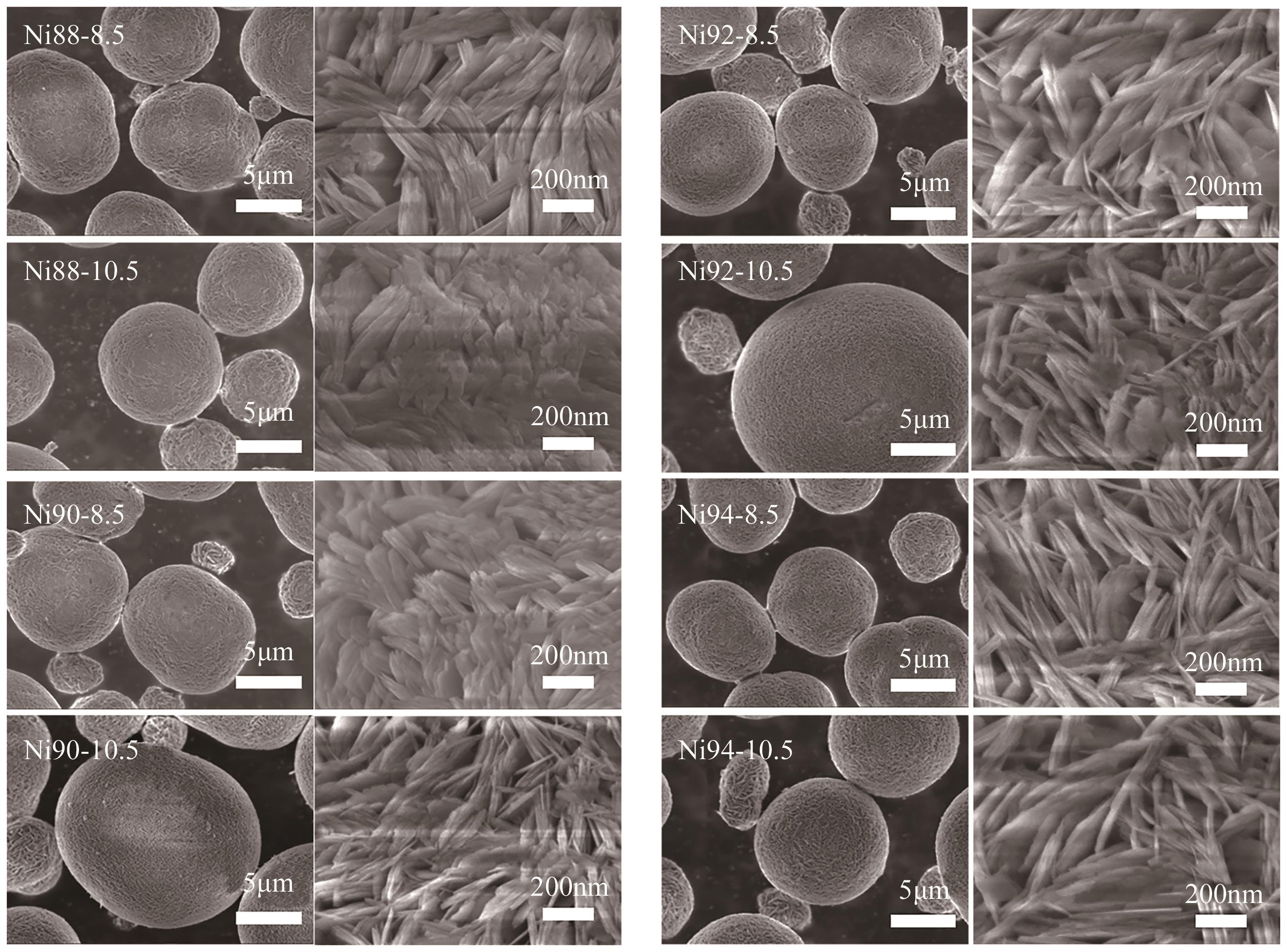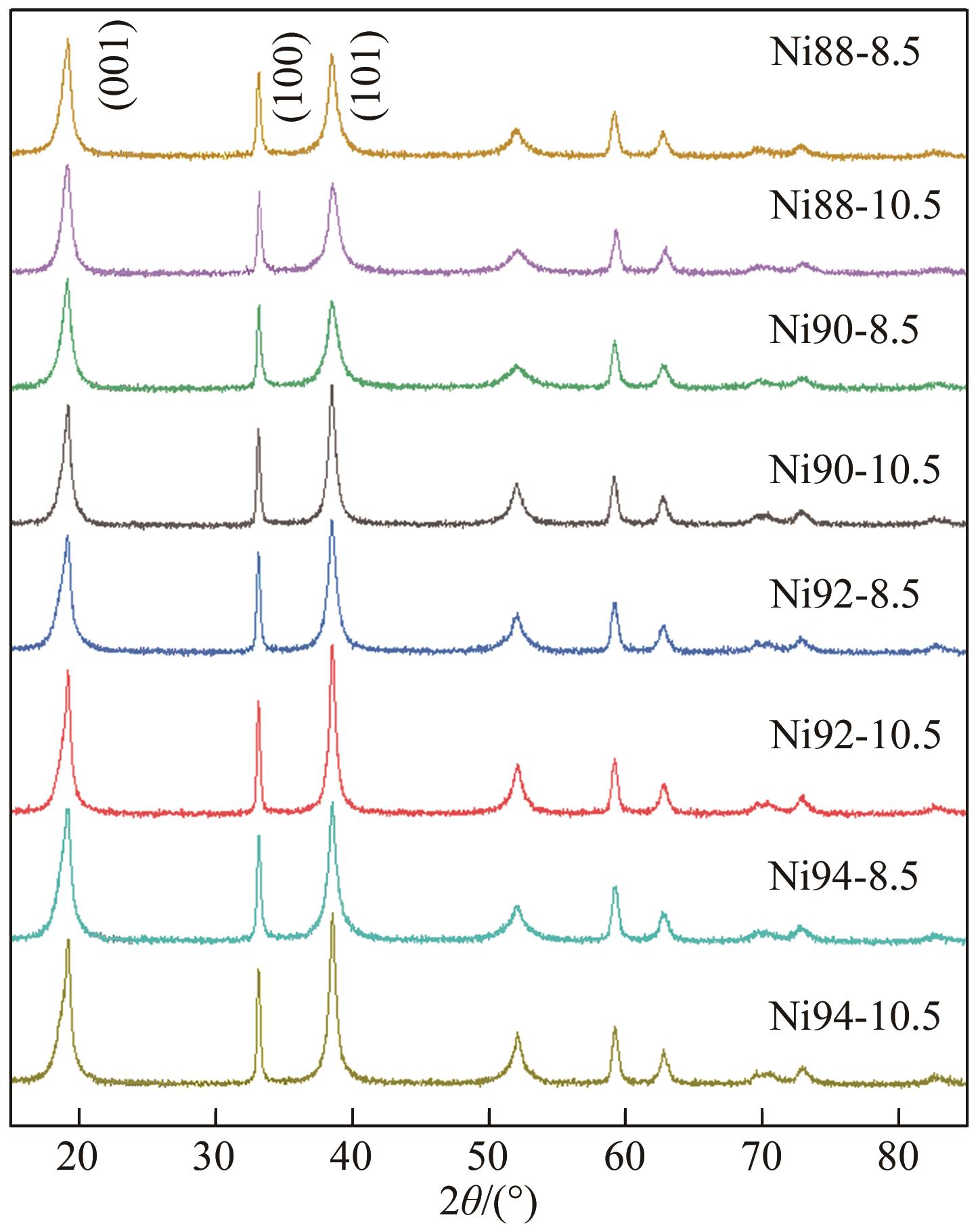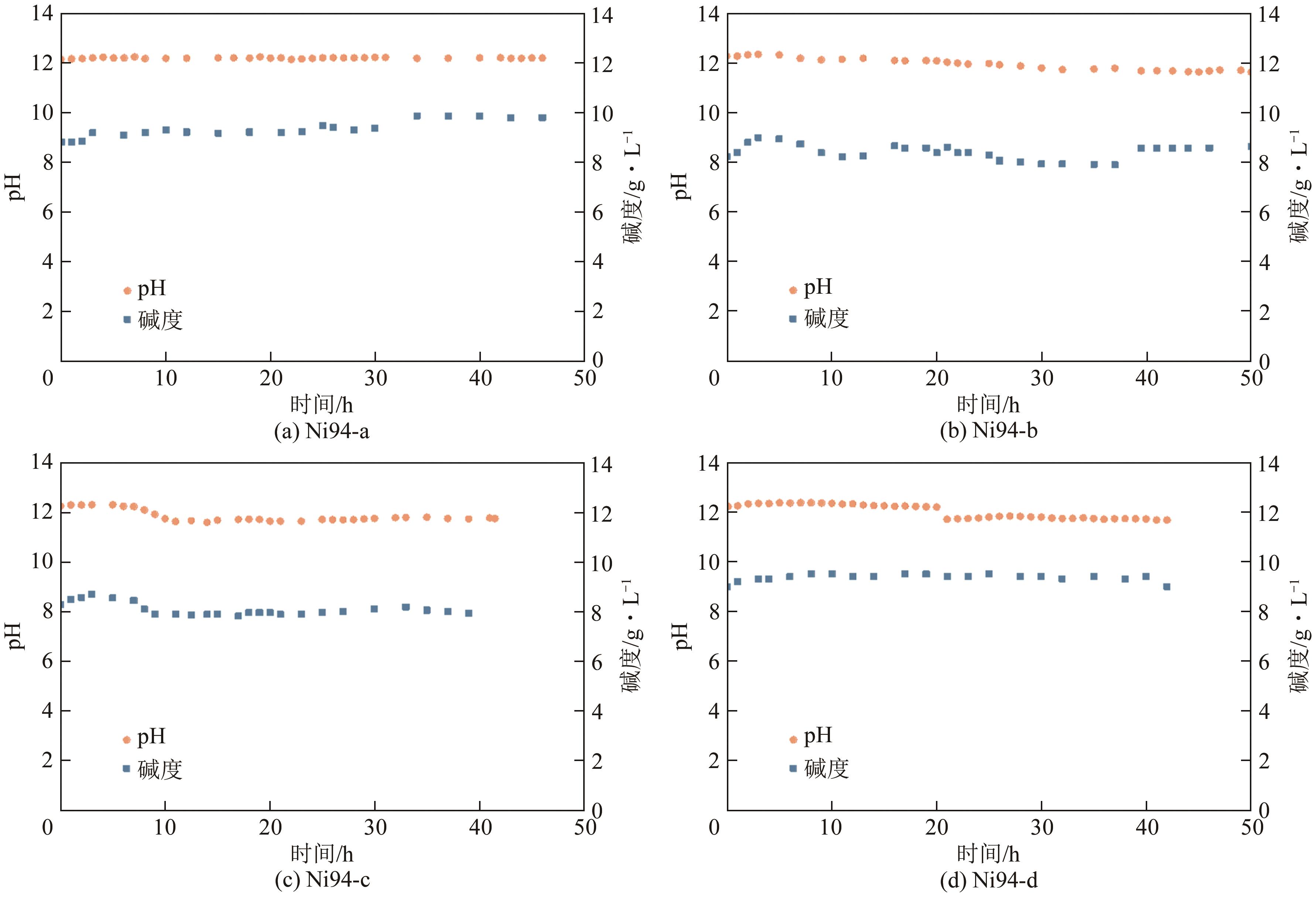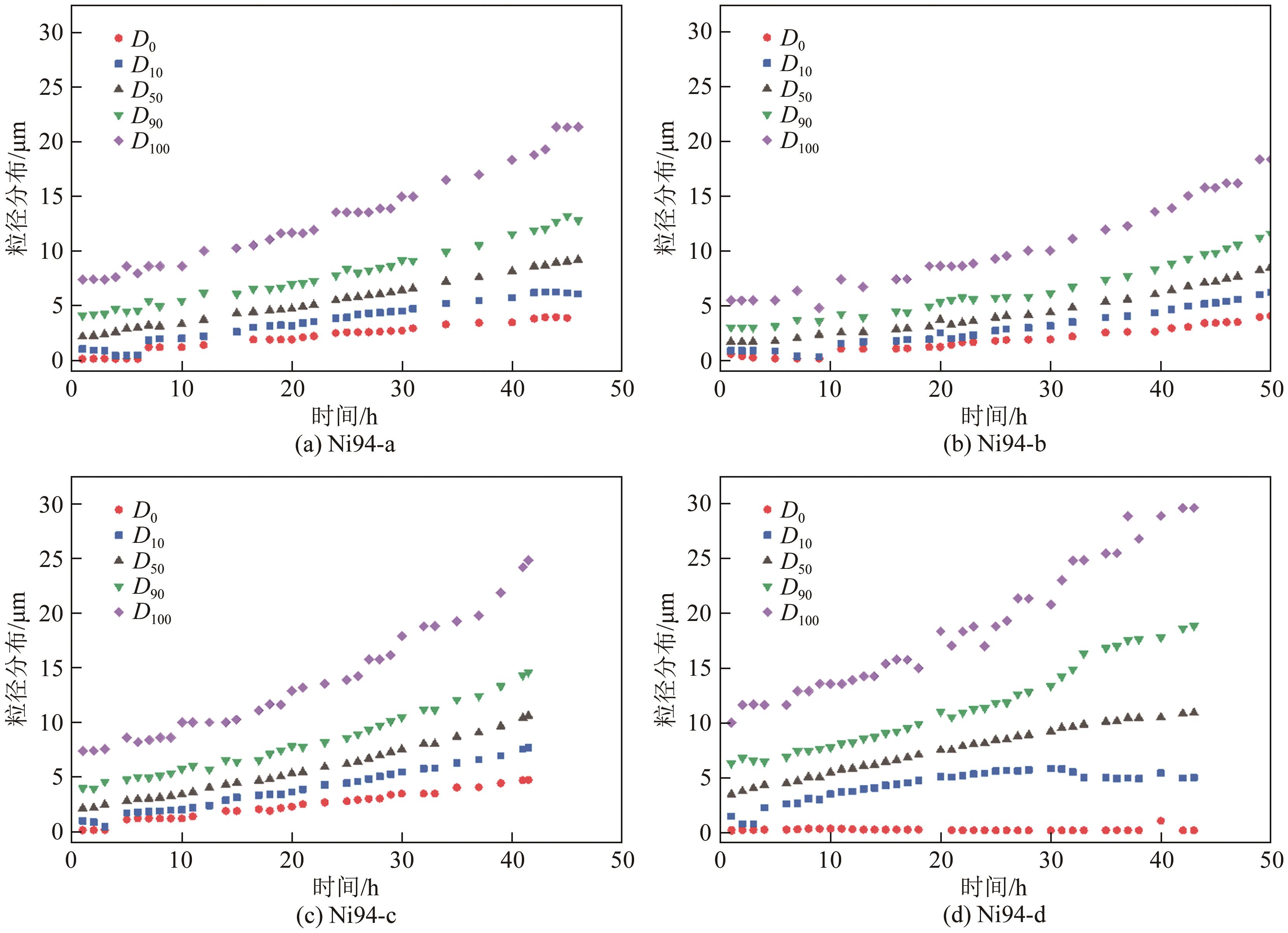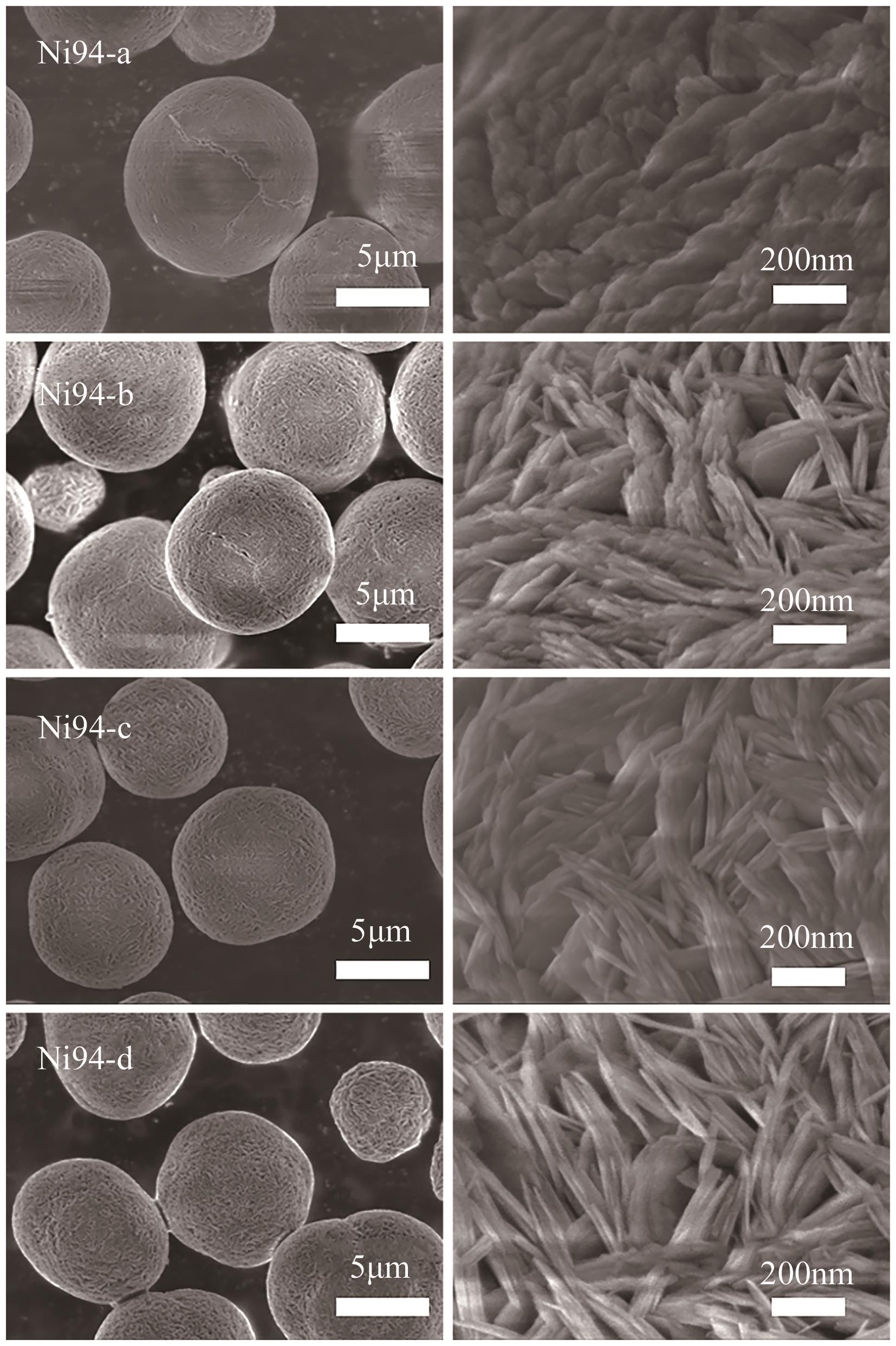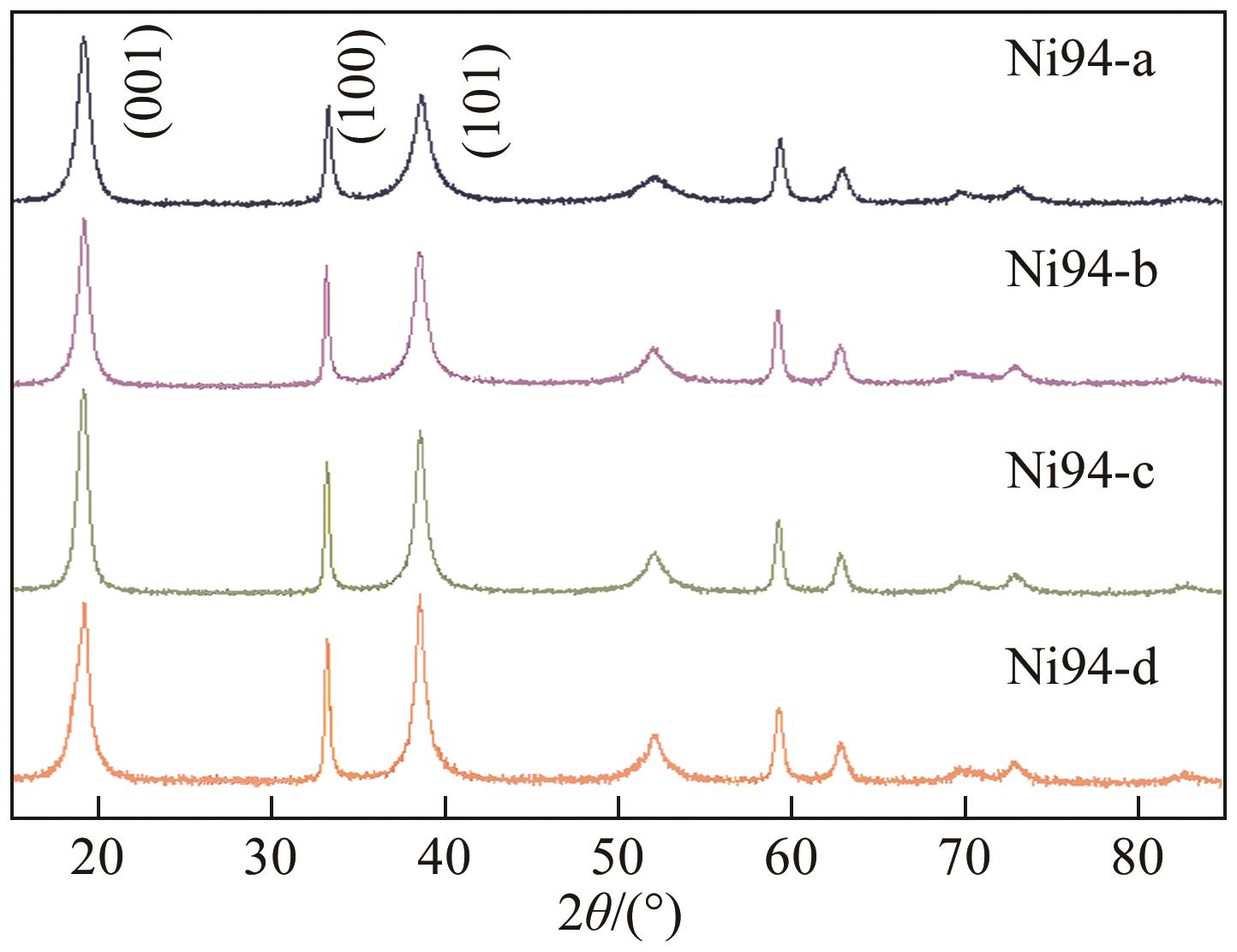| 1 |
LI Matthew, LU Jun, CHEN Zhongwei, et al. 30 years of lithium-ion batteries[J]. Advanced Materials, 2018, 30(33): 1800561.
|
| 2 |
LEE Wontae, MUHAMMAD Shoaib, SERGEY Chernov, et al. Advances in the cathode materials for lithium rechargeable batteries[J]. Angewandte Chemie International Edition, 2020, 59(7): 2578-2605.
|
| 3 |
LI Jianlin, FLEETWOOD James, HAWLEY Blake, et al. From materials to cell: State-of-the-art and prospective technologies for lithium-ion battery electrode processing[J]. Chemical Reviews, 2021, 122(1): 903-956.
|
| 4 |
LI Borong, CHAO Yu, LI Mengchao, et al. A review of solid electrolyte interphase (SEI) and dendrite formation in lithium batteries[J]. Electrochemical Energy Reviews, 2023, 6(1): 7.
|
| 5 |
LIU Wen, Pilgun OH, LIU Xi’en, et al. Nickel-rich layered lithium transition-metal oxide for high-energy lithium-ion batteries[J]. Angewandte Chemie International Edition, 2015, 54(15): 4440-4457.
|
| 6 |
王策, 王国庆, 王二锐, 等. 锂离子电池正极材料合成及改性[J]. 化工进展, 2021, 40(9): 4998-5011.
|
|
WANG Ce, WANG Guoqing, WANG Errui, et al. Synthesis and modification of lithium-ion battery cathode materials[J]. Chemical Industry and Engineering Progress, 2021, 40(9): 4998-5011.
|
| 7 |
WANG Feng, BAI Jianming. Synthesis and processing by design of high-nickel cathode materials[J]. Batteries & Supercaps, 2022, 5(1): 202100174.
|
| 8 |
王志鸿, 朱华威, 余海峰, 等. 共沉淀法制备高镍氧化物正极材料前体研究进展[J]. 化工进展, 2021, 40(9): 5097-5106.
|
|
WANG Zhihong, ZHU Huawei, YU Haifeng, et al. Research process on the synthesis of Ni-rich oxide cathode precursors by co-precipitation method[J]. Chemical Industry and Engineering Progress, 2021, 40(9): 5097-5106.
|
| 9 |
ZHENG Xiaobo, LI Xinhai, WANG Zhixing, et al. Investigation and improvement on the electrochemical performance and storage characteristics of LiNiO2-based materials for lithium ion battery[J]. Electrochimica Acta, 2016, 191: 832-840.
|
| 10 |
WU Feng, LIU Na, CHEN Lai, et al. Improving the reversibility of the H2-H3 phase transitions for layered Ni-rich oxide cathode towards retarded structural transition and enhanced cycle stability[J]. Nano Energy, 2019, 59: 50-57.
|
| 11 |
CHANG Chun-Chieh, KUMTA Prashant N. Particulate sol-gel synthesis and electrochemical characterization of LiMO2 (M=Ni, Ni0.75Co0.25) powders[J]. Journal of Power Sources, 1998, 75(1): 44-55.
|
| 12 |
LI Decheng, SASAKI Yuki, KOBAYAKAWA Koichi, et al. Preparation, morphology and electrochemical characteristics of LiNi1/3Mn1/3Co1/3O2 with LiF addition[J]. Electrochimica Acta, 2006, 52(2): 643-648.
|
| 13 |
VAN BOMMEL Andrew, DAHN J R. Analysis of the growth mechanism of coprecipitated spherical and dense nickel, manganese, and cobalt-containing hydroxides in the presence of aqueous ammonia[J]. Chemistry of Materials, 2009, 21(8): 1500-1503.
|
| 14 |
SHEN Yabin, WU Yingqiang, XUE Hongjin, et al. Insight into the coprecipitation-controlled crystallization reaction for preparing lithium-layered oxide cathodes[J]. ACS Applied Materials & Interfaces, 2021, 13(1): 717-726.
|
| 15 |
LIU Hao, WOLF Mark, KARKI Khim, et al. Intergranular cracking as a major cause of long-term capacity fading of layered cathodes[J]. Nano Letters, 2017, 17(6): 3452-3457.
|
| 16 |
YANG Chengkai, SHAO Ruiwen, WANG Qian, et al. Bulk and surface degradation in layered Ni-rich cathode for Li ions batteries: Defect proliferation via chain reaction mechanism[J]. Energy Storage Materials, 2021, 35: 62-69.
|
| 17 |
GE Mingyuan, Sungun WI, LIU Xiang, et al. Kinetic limitations in single-crystal high-nickel cathodes[J]. Angewandte Chemie International Edition, 2021, 60(32): 17350-17355.
|
| 18 |
李想, 葛武杰, 马先果, 等. 高镍正极材料微裂纹诱导容量衰减的应对策略研究进展[J]. 化工进展, 2022, 41(8): 4277-4287.
|
|
LI Xiang, GE Wujie, MA Xianguo, et al. Research progress on countermeasures for microcrack-induced capacity degradation of Ni-rich cathode materials[J]. Chemical Industry and Engineering Progress, 2022, 41(8): 4277-4287.
|
 ), WANG Runa2(
), WANG Runa2( ), CHEN Yao2, SHEN Lanyao1,2, YU Yongli2, JIANG Ning1,2, QIU Jingyi3(
), CHEN Yao2, SHEN Lanyao1,2, YU Yongli2, JIANG Ning1,2, QIU Jingyi3( ), ZHOU Henghui1,2(
), ZHOU Henghui1,2( )
)
 ), 王汝娜2(
), 王汝娜2( ), 陈耀2, 申兰耀1,2, 于永利2, 蒋宁1,2, 邱景义3(
), 陈耀2, 申兰耀1,2, 于永利2, 蒋宁1,2, 邱景义3( ), 周恒辉1,2(
), 周恒辉1,2( )
)
